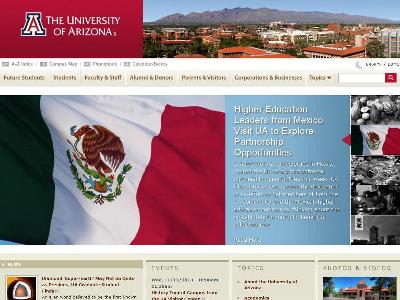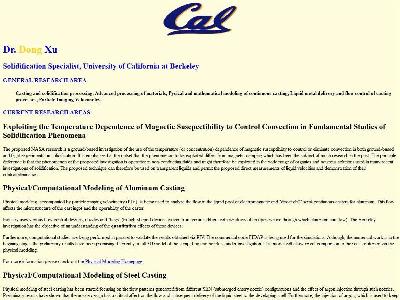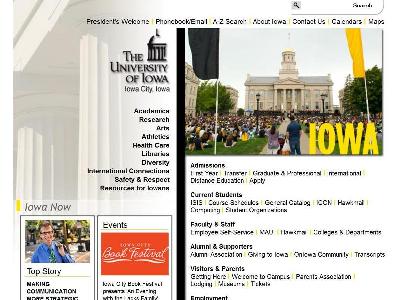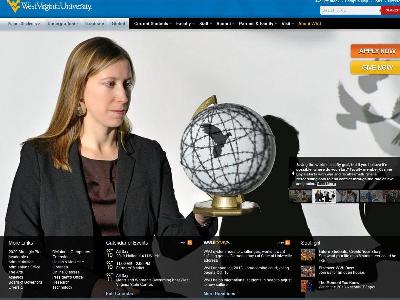Web Links : USA-Academic
| Auburn University, Auburn |
| Carnegie Mellon University, Pittsburgh |
| Northwestern University, Evanston |
| Ohio State University, Columbus |
| University of Alabama, Tuscaloosa |
| University of Arizona, Tucson |
| University of California, Oakland |
| University of Illinois, Urbana -Champaign |
| University of Iowa, Iowa City |
| West Virginia University, Morgantown |
| Worchester Polytechnic Institute, Worcester |










